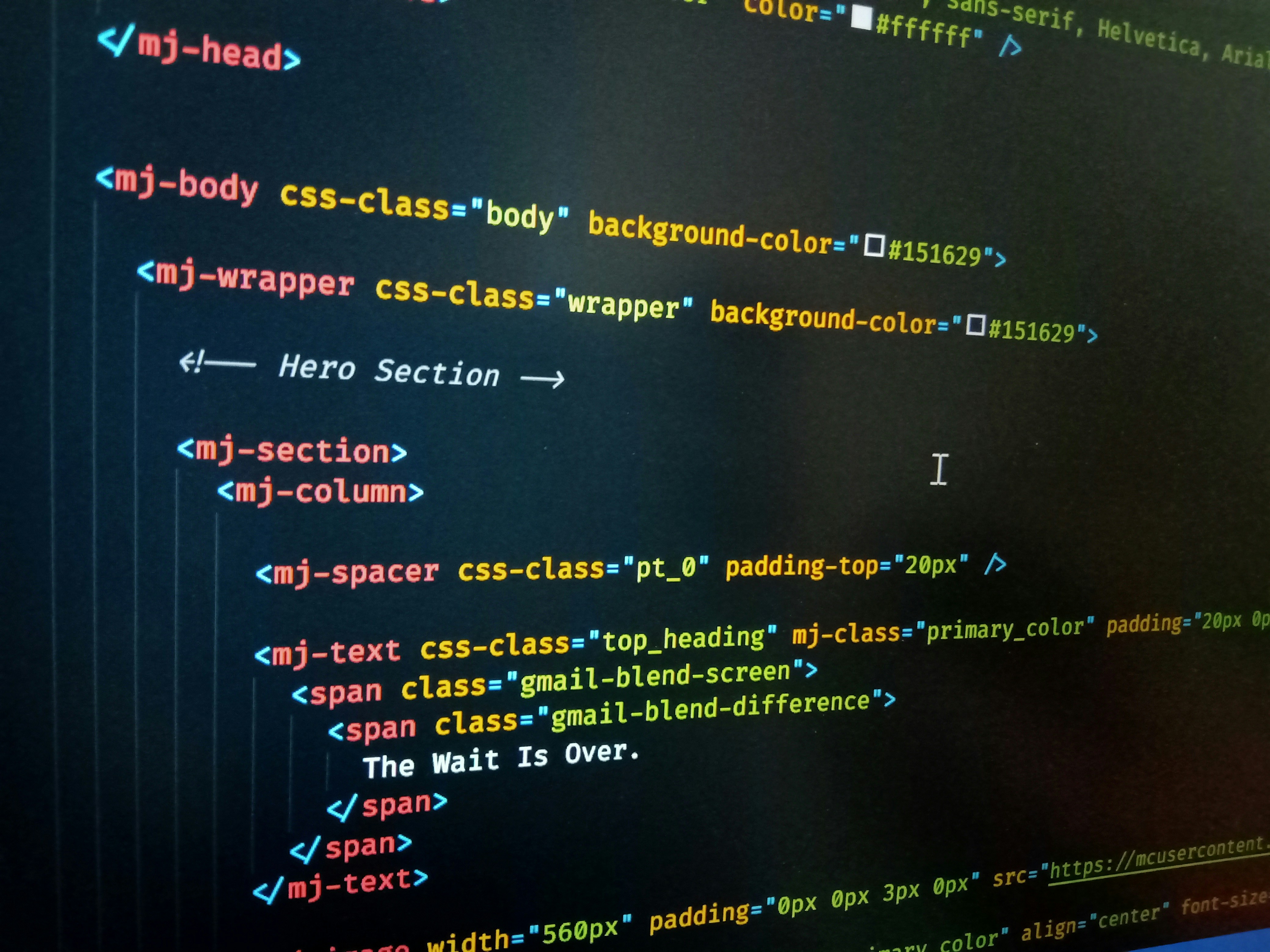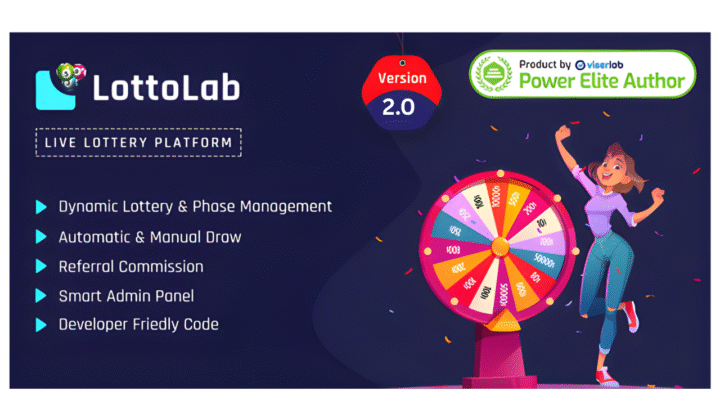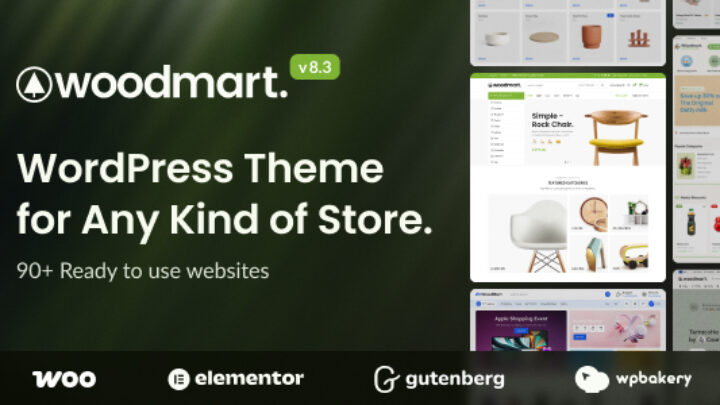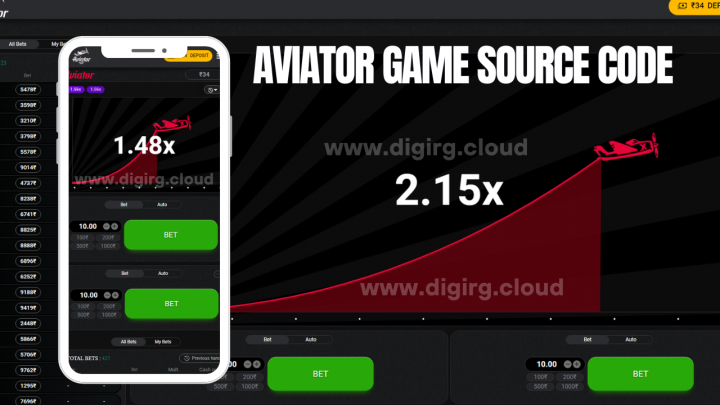What is HTML?
HTML, or HyperText Markup Language, is the fundamental building block of the web, providing structure to web pages and applications. It serves as a markup language, which means it uses a system of tags and attributes to delineate various types of content, including text, images, links, and multimedia elements. By defining the layout and organization of web content, HTML enables browsers to render information in a format that is visually accessible to users. This essential framework is what makes the internet navigable and engaging.
The significance of HTML in web development cannot be overstated. Without it, countless websites would lack coherent structure, making it impossible for users to consume information effectively. By segregating content through headings, paragraphs, lists, and other elements, HTML enhances the user experience and optimizes content for search engines, which is vital for digital visibility. Furthermore, HTML plays a critical role in the development of responsive web designs, allowing content to adapt to different screen sizes and devices.
Since its inception in the early 1990s, HTML has undergone significant evolution. Initially, HTML was a simple language that allowed for basic text formatting, hyperlinks, and image embedding. Over time, as the internet expanded and user needs grew more sophisticated, so did HTML. The advent of HTML5 marked a pivotal development in the language’s progression, introducing new semantic elements, form controls, and multimedia support without the need for extensive external plugins. This latest iteration emphasizes ease of use and accessibility, providing developers with the tools necessary to create rich, interactive experiences on the web.
How HTML Works
HTML, or HyperText Markup Language, operates as the foundational framework for web pages, dictating their structure and presentation through a series of elements, tags, and attributes. To understand how HTML functions, one must recognize that it is not a programming language but a markup language. This distinction signifies that HTML’s primary role is to inform web browsers about how to display content to users. Each HTML document begins with a DOCTYPE declaration, which defines the version of HTML being used and ensures that browsers render the content correctly.
Following the DOCTYPE, the structure of an HTML document typically includes essential tags that encompass the entire web page. The <html> tag serves as the root element, encapsulating all the content within the document. Inside the <html> tag, two main sections are evident: the <head> and <body> sections. The <head> contains metadata, title, and links to stylesheets or scripts, which do not directly display on the web page. Conversely, the <body> is where the content intended for users resides, including text, images, links, and other multimedia elements.
HTML employs various tags, such as headings, paragraphs, lists, and more, to organize content logically. Each tag may include attributes that offer additional information about the element, such as class or id, which can influence styling and functionality. When a browser accesses an HTML document, it parses these elements and applies rendering rules, transforming the markup into a visually coherent web page. Thus, the effectiveness of a web page hinges on the proper use of HTML elements, allowing for an organized presentation and enhancing user experience across diverse devices and screen sizes.
Basic HTML Elements and Structure
HTML, or HyperText Markup Language, serves as the foundational language of web development. Understanding the basic HTML elements and their structure is essential for creating effective web pages. At the core of HTML are a set of tags that denote different types of content. The most commonly used elements include headings, paragraphs, links, images, lists, and tables. Each of these elements plays a crucial role in conveying information clearly and organizing structure.
Headings, represented by tags ranging from <h1> to <h6>, are vital for establishing a hierarchy of content. The <p> tag is used for text paragraphs, allowing for clear breaks and organization within the text. Hyperlinks are implemented using the <a> tag, enabling navigation across different pages or sites. Furthermore, images are integrated with the <img> tag, where the source is defined through the src attribute.
Lists, both ordered and unordered, are created with the <ul> and <ol> tags, along with the <li> tag for each list item. Tables for displaying tabulated data are constructed using <table>, along with associated tags like <tr> for rows and <td> for data cells. Understanding how to appropriately use these tags enhances the readability and functionality of web content.
Nesting elements is another critical concept in HTML structure. This involves placing one HTML element inside another, such as inserting a <span> tag within a <p> tag to style specific text. Proper nesting ensures that HTML is well-structured and clearly defined, making content easier for both users and search engines to interpret.
The use of semantic HTML is significant as it employs correct tags that describe the content’s meaning explicitly, enhancing both search engine optimization (SEO) and web accessibility. By distinguishing header tags, sections, and articles, semantic HTML improves the overall quality of web development.
Getting Started with HTML Coding
Embarking on the journey of HTML coding is an exciting step towards web development. To begin, it is essential to set up a basic text editor, which will serve as your workspace for writing HTML code. Common options include Notepad (for Windows), TextEdit (for Mac), or more advanced editors like Visual Studio Code and Sublime Text. These editors facilitate coding by providing features such as syntax highlighting, which enhances code readability.
Once you have your text editor ready, you can create a simple HTML document from scratch. Start by opening your editor and writing the foundational HTML structure. This includes the <!DOCTYPE html> declaration, followed by the <html> element, within which you will nest the <head> and <body> sections. For example:
<!DOCTYPE html><html> <head> <title>My First HTML Document</title> </head> <body> <h1>Hello, World!</h1> <p>This is my first paragraph of text.</p> </body></html>When saving your document, ensure you use the correct file extension: .html. This enables browsers to interpret your file as an HTML document. To view your work, simply open the saved HTML file in any web browser, where you will see your content rendered on-screen.
For those looking to expand their knowledge, numerous resources are available to aid in learning HTML. Websites such as W3Schools and Mozilla Developer Network offer comprehensive tutorials and documentation. Additionally, platforms like Coursera, Udemy, and Khan Academy provide structured courses suited for various skill levels.
To reinforce your learning, engaging in practical examples or mini-projects, such as creating a personal webpage or a simple blog layout, can be highly beneficial. These projects not only solidify your understanding of HTML but also foster confidence in your coding abilities.








